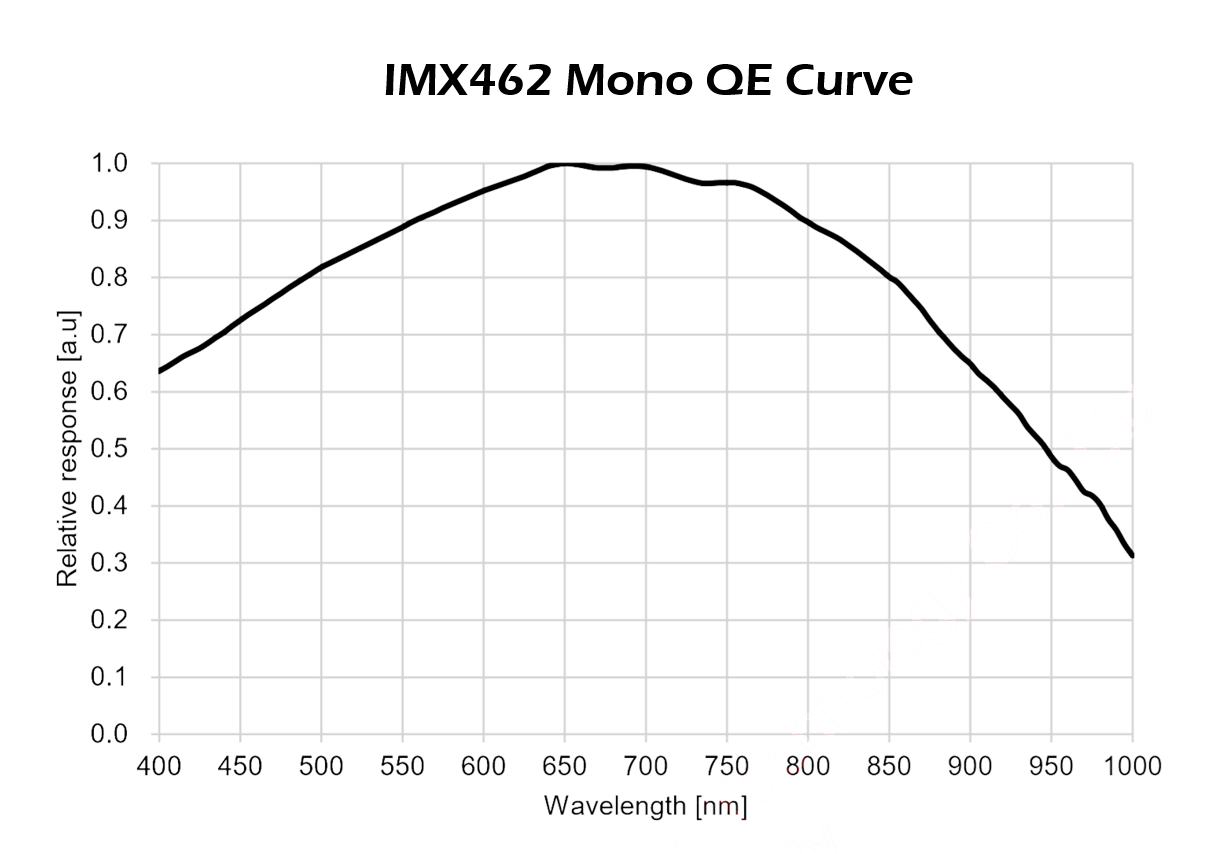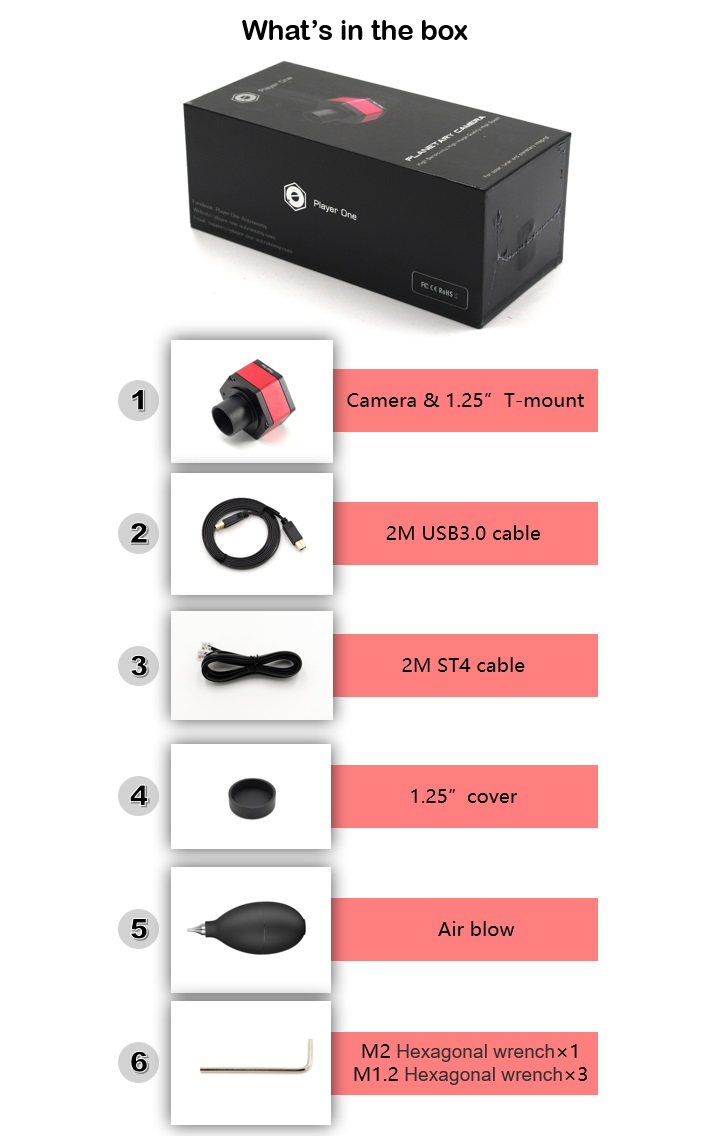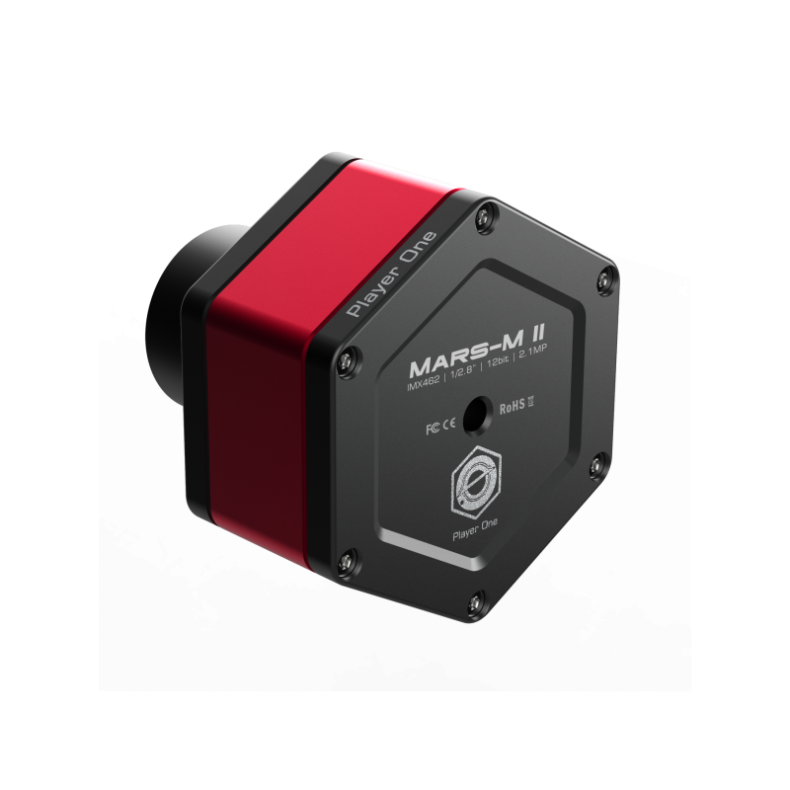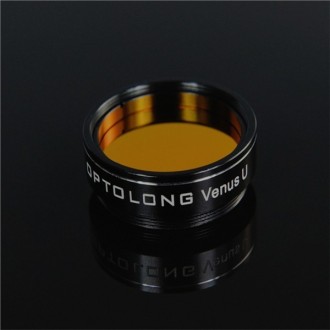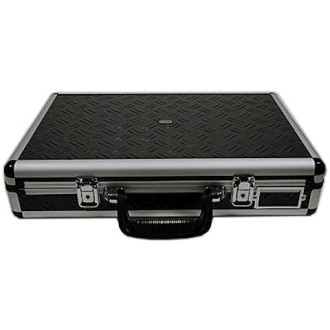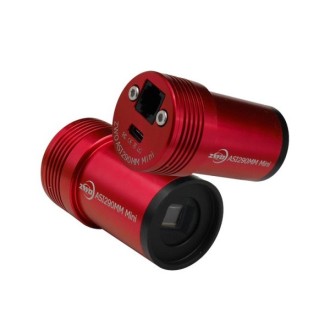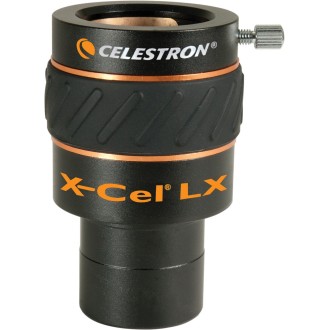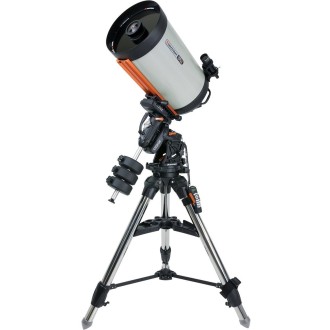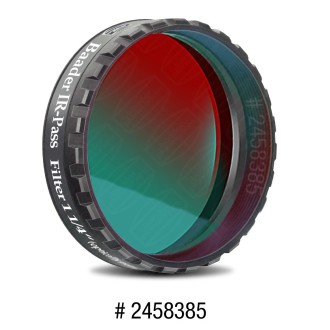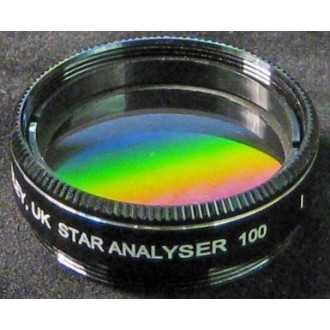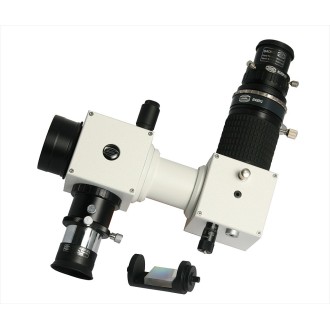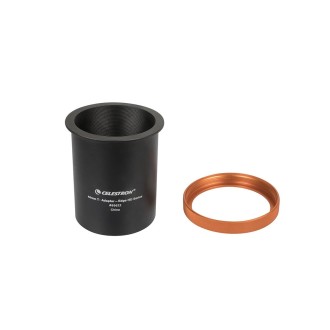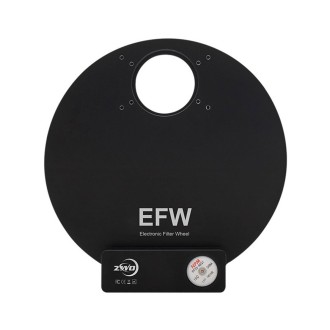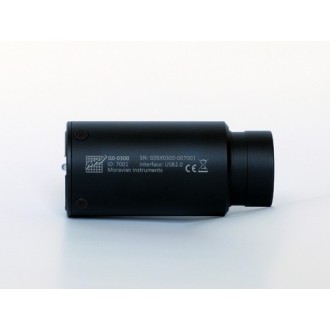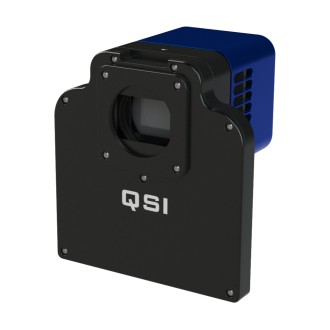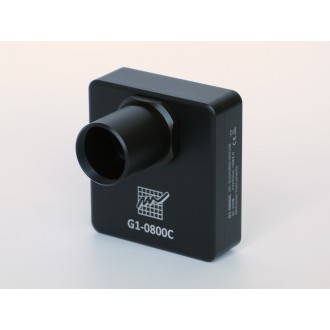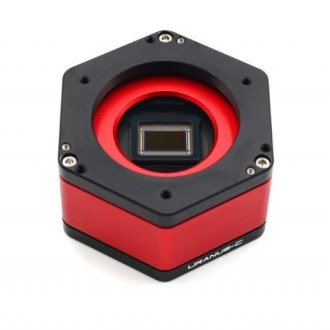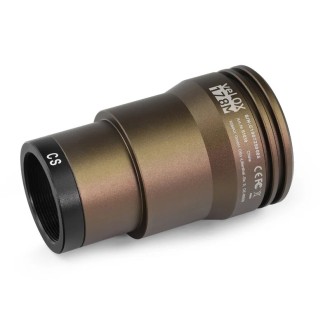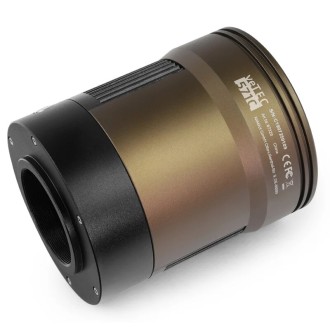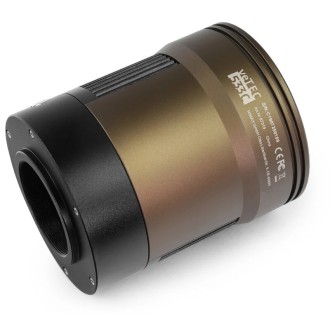Deliver it 9/16 days
PLAYER ONE Mars-M II Planetary Camera USB3.0 Mono (IMX462)
MARS-M II New generation monochrome camera
| Carrier | Description | Estimated Delivery | ||
|---|---|---|---|---|
 |
Home delivery - International | Home delivery - International |
Thursday, 8 May - Thursday, 15 May |
|

Home delivery - International
Home delivery - International
Estimated delivery:
Thursday, 8 May - Thursday, 15 May
Product Description
LA Mars-M II is a long awaited monochrome camera, the latest planetary camera developed by Player One Astronomy. We have been waiting for this monochrome sensor for 2 years. The Mars-M II (IMX462) camera adopts the 1/2.8" Sony IMX462 monochrome sensor. 6.46 millimeters.
Anti-reflective glass
The Mars-M II uses anti-reflective glass in front of the sensor. This glass can provide very high transmission from 310 nm to 1100 nm. This major improvement means that the Mars-M II (IMX462) camera has much better performance in both Ultraviolet and NIR.
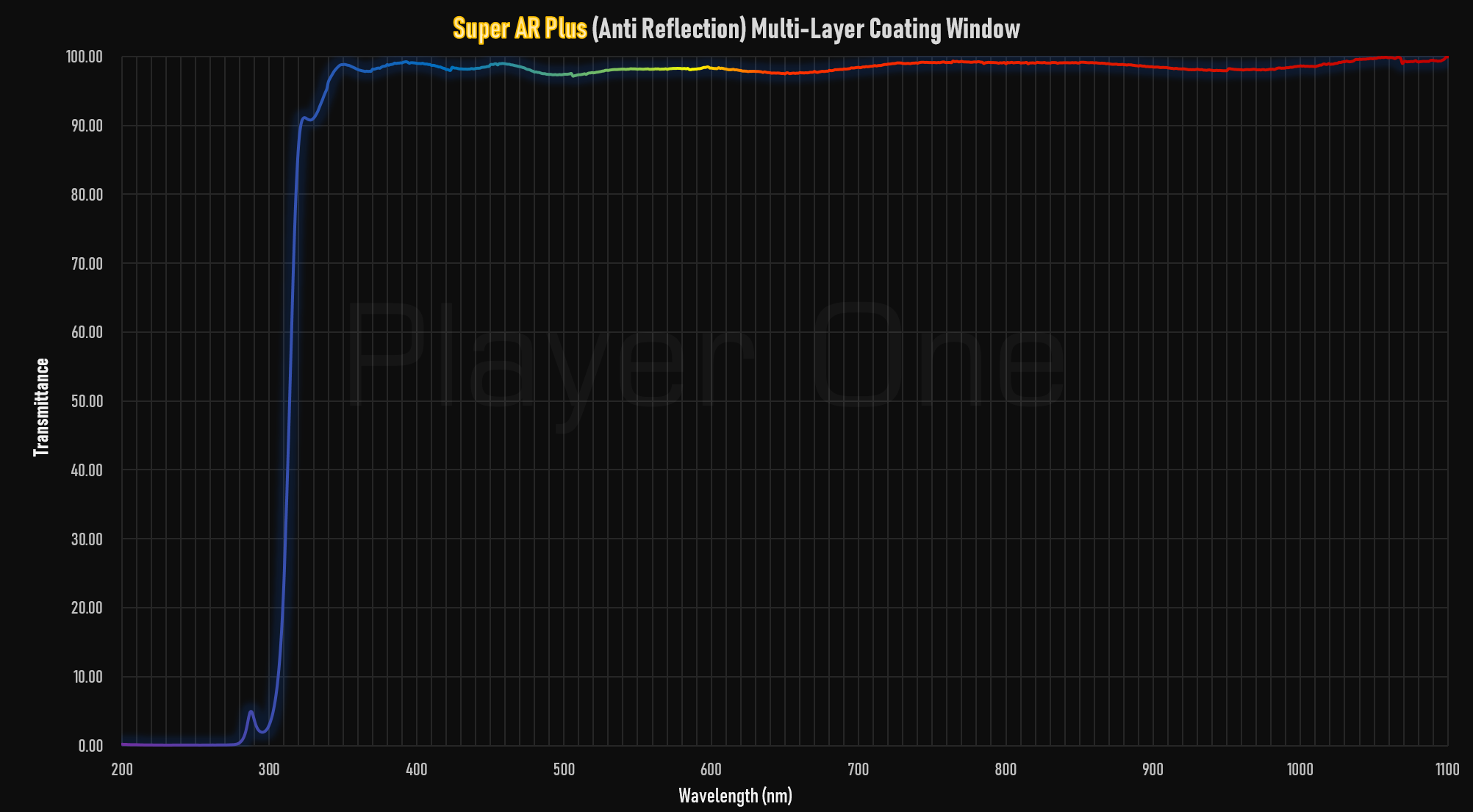
The cameras at Player One Astronomy have unique names. For example, the planetary cameras are named after the planets (Mercury, Venus, Mars, Jupiter, Saturn, Uranus and Neptune, Earth is not included).
The size of each planet represents to some extent the size of the camera sensors.
Features:
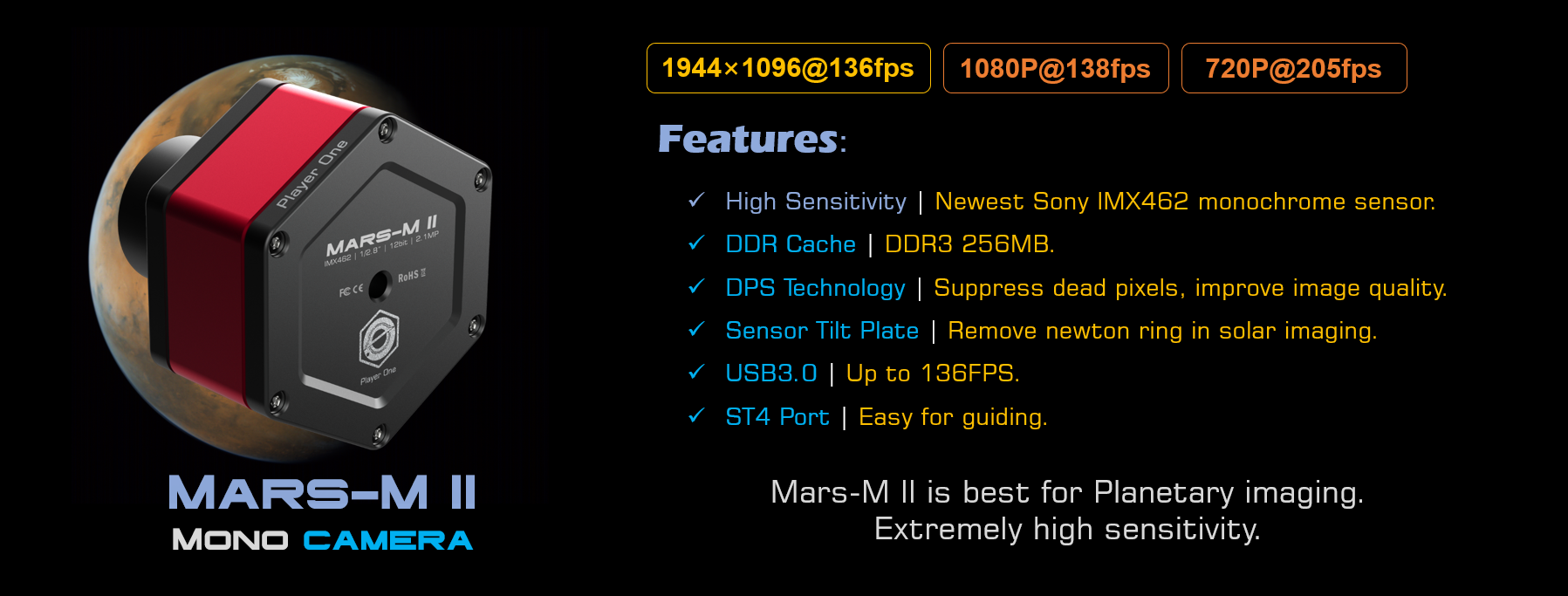
Design
The planetary cameras developed by Player One Astronomy use a regular scientific and technological hexagon to construct the main body line, complemented by round chamfers for both rigidity and flexibility.
The positive red, reminiscent of a summer fire, matches the understated black, and the ultra-thin full-surface glazing process gives this chamber a cool, luxurious look that underscores its high-end styling.
Tilting plate
The integrated high-density sponge shading plate can block light from the side slits without any leakage, even at a high tilt.
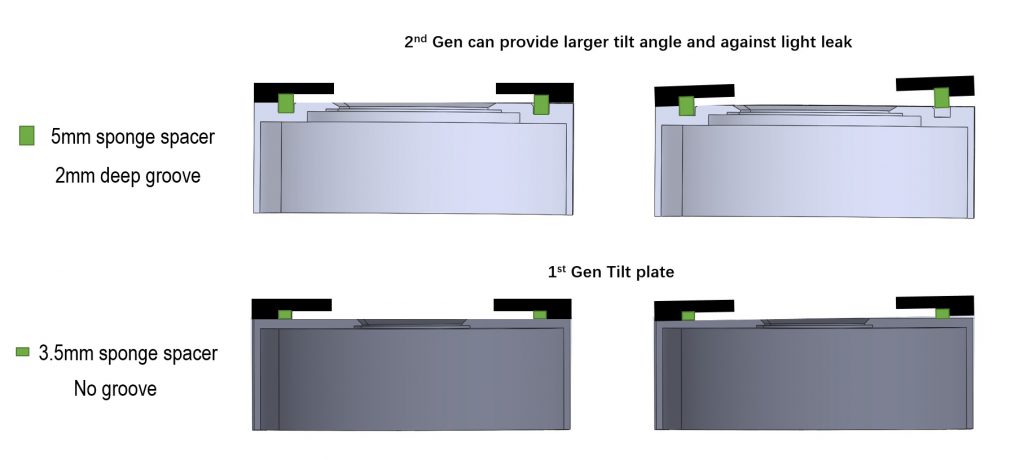
When taking solar images with a telescope, the formation of Newton's ring is annoying. A smoother solar image without Newton's ring can be obtained by adjusting the tilt plate.
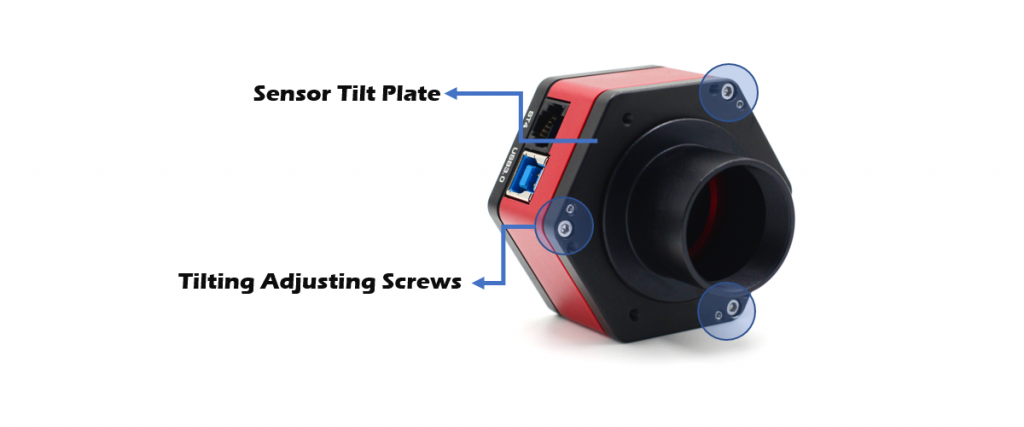
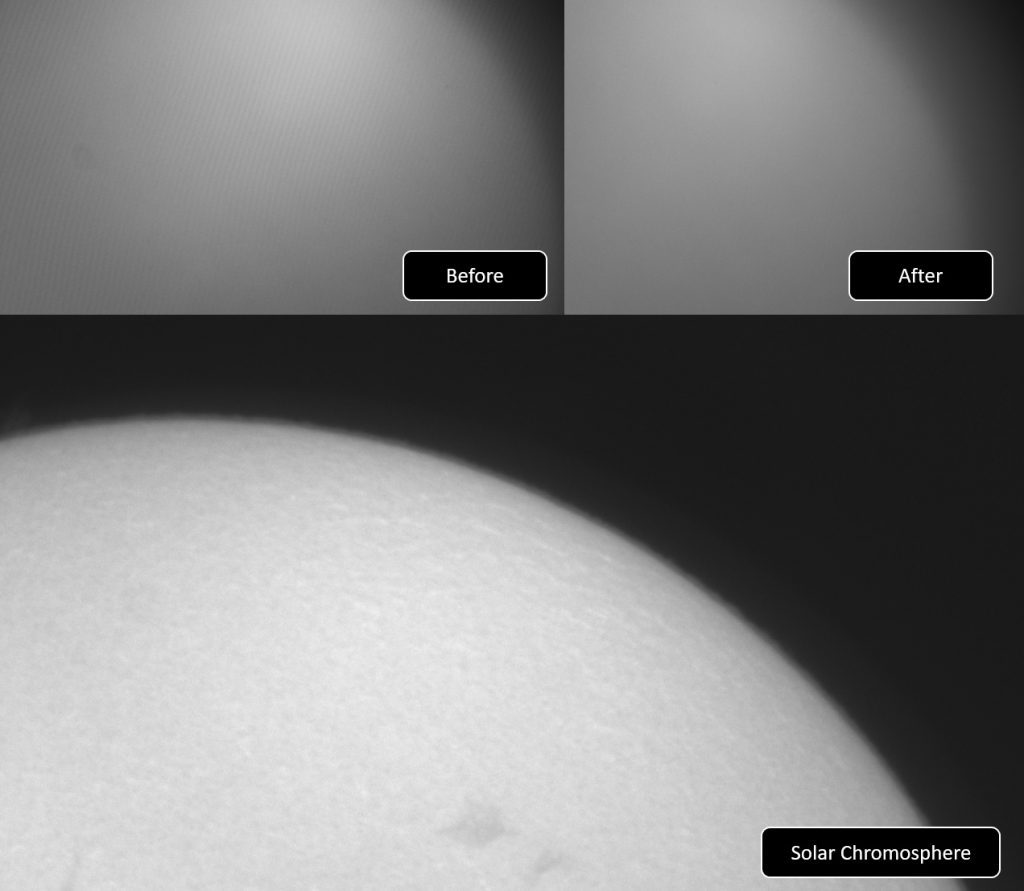
256 MB DDR3 cache
The Player One Astronomy cameras are the first to adopt DDR3 cache in all planetary cameras. It helps stabilize and secure data transmission, effectively prevents frame loss and significantly reduces playback noise.
With DDR3 cache, the Mars-M II camera no longer has high demands in terms of computing requirements, it will always have excellent performance even if it is connected to a USB 2.0 port.
DPS technology
The planetary cameras of Player One Astronomy are equipped with DPS (dead pixel suppression) technology. DPS analyzes numerous dark images to discover the so-called "dead pixel" and stores it in its memory.
In image capture, in each exposure image, the dead pixel position will be assigned an average value based on the active pixels around this anomalous pixel.
![]()
Over-voltage and over-current protection mechanism
Player One cameras ensure the safety of your camera and other equipment thanks to the overvoltage and overcurrent protection mechanisms.
Data port
When the camera is connected to the USB3.0 interface and a full resolution preview is used, the frame rate in RAW8 mode (10-bit ADC) is up to 136 frames per second and the frame rate in RAW16 mode (12-bit ADC) is 64 frames per second.
When recording images, as the actual writing speed will be affected by the writing speed of the hard disk itself, when the writing speed of the hard disk is slow, the recording may not reach the theoretical speed. It is recommended to use a high quality SSD hard disk to record data in order to take full advantage of the camera's performance.
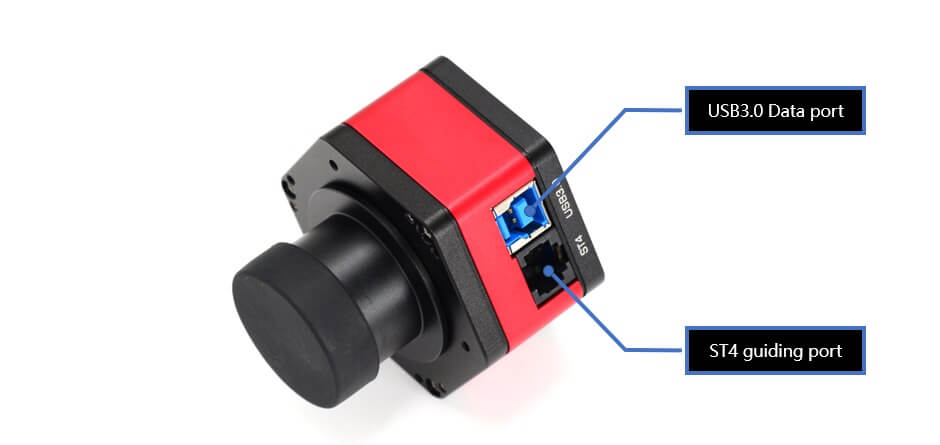
The camera is equipped with an ST4 port which, connected to a mount, allows autoguiding through the camera.
Performance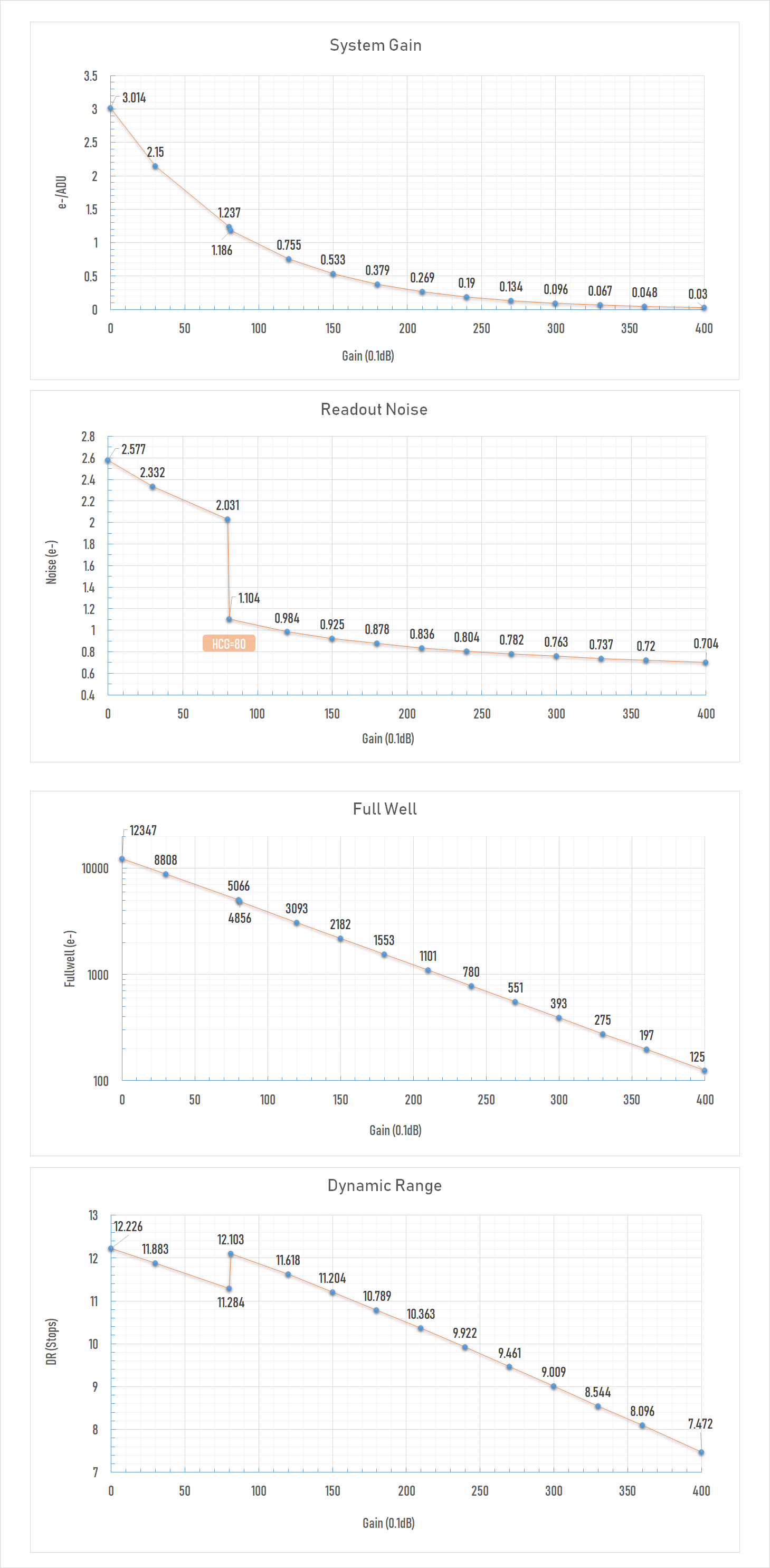
Playback noise
As for read noise, we solemnly promise that all values are obtained from real tests. And for users, they can use Sharpcap 4 for testing. SC4 has a function called Sensor Analysis, which provides a very simple way to test read noise.
After many rigorous read noise tests, the Mars-M II camera can achieve a low read noise of 0.73e with a gain of 350 and about 0.7e with a gain of 400.
If you are interested in read noise testing, you can try it yourself, which is very simple.
HSG mode
The Mars-M II camera has a unique HCG mode, which is automatically activated when the camera gain setting is ≥80. HCG mode can drastically reduce playback noise and retain the same high dynamic range as low gain.
QE curve
The QE curve of the Mars-M II camera is quite different from that of the Mars-C camera. The sensitivity peaks at 650-700nm, and maintains a very high QE in the infrared.
This is the relative QE curve supplied by Sony, with an absolute peak QE of about 90%.